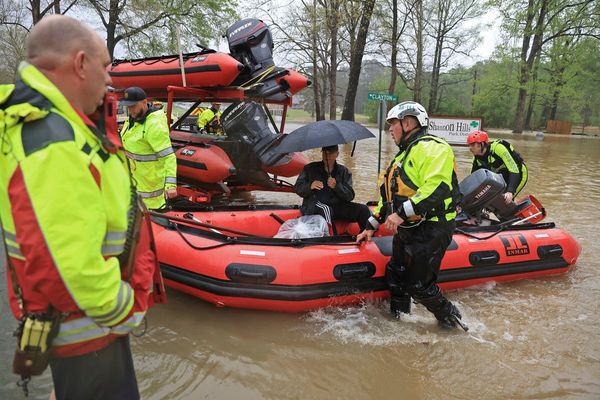This summer brings with it a renewed sense of freedom as the country enjoys the widespread availability of vaccinations along with effective antiviral treatments that can prevent severe disease or hospitalization from COVID-19. Yet the emergence of new, highly contagious variants that spread and infect those who are vaccinated and boosted has led to high community transmission rates.
What does this mean for the roughly 1.3 million people residing in long-term care settings, including nursing homes and assisted living facilities, who have been silently left behind? While a federal court order gave travelers back the right to choose whether to mask on airplanes, and vaccination shortened the duration of isolation in the community, residents of nursing homes in the U.S. are living much as they did in early 2020: They must wear masks in their congregate homes and are subjected to “lock down” when an employee or fellow resident tests positive for COVID.
To be fair, these public health measures seek to provide the greatest level of protection for the most vulnerable segment of the population. Let’s remember that 80% of deaths that occurred in the early months of the pandemic were in those over the age of 65 and that residents in congregate care facilities, like nursing homes, remain at the highest risk for severe complications and death from infection.
But the outcomes of those cases are not the same as they were in 2020. Thanks to vaccines, treatments and decreasing virulence of circulating strains, most elderly patients experience mild COVID-19 that does not require hospitalization. Their risk of dying is very low, more than 10 times lower than during the pre-vaccination phase of the pandemic.
Current national guidance, however, continues to endorse restrictions on nursing home residents regardless of the resident’s vaccination status or risk tolerance, particularly when cases occur within the facility. For example, residents may still be required to wear a mask in common areas of their nursing home when community transmission rates are high. They may have to quarantine in their rooms if one of the nursing home staff tests positive and worked in the facility when that person was potentially infectious.
In contrast, staff members who work at the facility may opt-in or out of vaccination, choose to mask or not in the community, and visit freely with their family members and friends while returning daily to provide intimate care to these same, vulnerable patients. All these actions provide a continued sense of isolation and inequality for nursing home residents.
As the landscape of COVID-19 has changed in the U.S., we have failed to reconsider the costs associated with absolutist prevention strategies. As 90-year-olds assess their lost quality time with loved ones due to the pandemic, two years can represent a substantial portion of their quality days remaining. At this phase in the COVID-19 pandemic, what might residents be willing to risk to capitalize on their quality of days and spend more time with family and friends?
The question of nursing home residents’ willingness to accept some health risks in favor of social gains remains largely absent from the medical literature, particularly since the debut of vaccination. Many decisions are made on the behalf of nursing home residents with well-meaning input from public health experts and family members. But often experts and medical proxies are more conservative than the patients they represent, prioritizing patient well-being over the patient’s own preferences.
The time has come to recognize the diversity of risk tolerance among this elderly population and return to them the autonomy of choice. Now is the time for the Centers for Disease Control and Prevention to revise their recommendations and allow for local decision making in nursing homes. Localities can work with nursing home resident councils (made up of elected residents who live in these facilities) to help determine whether to require universal masking of residents and staff, mandatory testing for residents who leave nursing home grounds, and the frequency of COVID-19 screening.
As our country continues to average over 100,000 new COVID-19 cases per day, decreased restrictions in nursing homes will likely lead to more nursing home cases. Variants will continue to produce waves of infections, and case rates among nursing home residents will roll with those tides. While we celebrate this summer with a burgeoning freedom from the constraints of the pandemic, we owe it to the preceding generations to remember their freedom as well.
____
ABOUT THE WRITER
Dr. K.C. Coffey is an assistant professor and Dr. Mary-Claire Roghmann is a professor — both of epidemiology and public health — at the University of Maryland School of Medicine.







